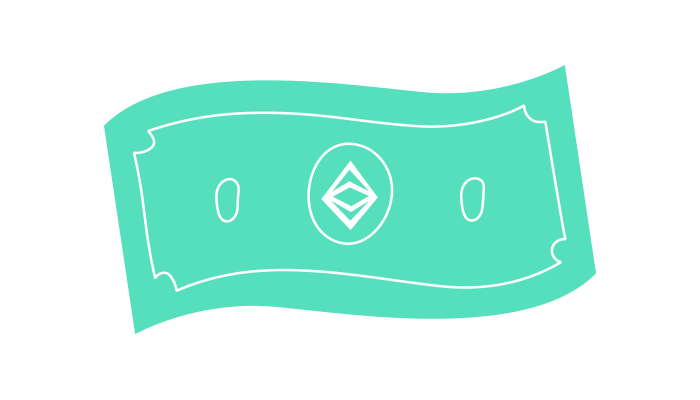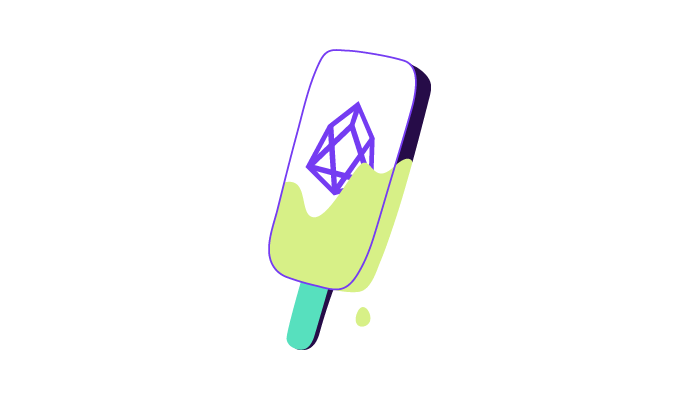- Is enough attention being paid to whether the product of an ICO actually works and is the shine of marketing campaigns blinding investors judgement?
- Is more money invested in marketing an ICO than in its business and software development?
- Are commentators too quick to look for negatives in new software releases?
 The DAO system was also the biggest crowdfunded project of its time. The creation period allowed investors to send Ether to a unique wallet address in exchange for DAO tokens. 12.7 million Ether were raised (at the time valued at $150m) valuing the DAO at approximately $250m. On 12th June 2016, a bug was detected. Developers began the fix, but a hacker found a loophole in the code, and stole 3.6 million ETH totalling $70m. Due to the structure of the DAO requiring tokens to be held for 28 days before transfer, the hacker could not access the tokens, but it caused a significant drop in the DAOs value. As a solution, the Ethereum community decided to hard-fork, creating Ethereum Classic which allowed them to redirect the funds to a separate account, making the stolen Ethereum accessible to the theft victims. We have given just two examples of issues with tokens, so how does one evaluate the strength of an ICO beyond its marketing campaign? Here are some pointers:
The DAO system was also the biggest crowdfunded project of its time. The creation period allowed investors to send Ether to a unique wallet address in exchange for DAO tokens. 12.7 million Ether were raised (at the time valued at $150m) valuing the DAO at approximately $250m. On 12th June 2016, a bug was detected. Developers began the fix, but a hacker found a loophole in the code, and stole 3.6 million ETH totalling $70m. Due to the structure of the DAO requiring tokens to be held for 28 days before transfer, the hacker could not access the tokens, but it caused a significant drop in the DAOs value. As a solution, the Ethereum community decided to hard-fork, creating Ethereum Classic which allowed them to redirect the funds to a separate account, making the stolen Ethereum accessible to the theft victims. We have given just two examples of issues with tokens, so how does one evaluate the strength of an ICO beyond its marketing campaign? Here are some pointers:
- Research using the forum Bitcointalk.org - read investor concerns and high ranked writers comments carefully to assess the ICO.
- The development team - find out whos involved to ascertain whether or not their experience is sufficient and relevant.
- Community coverage - whats being said by media and crypto commentators?
- What stage is the product at - how far beyond the white paper has development reached?
- Is there a legitimate need for the new token?
